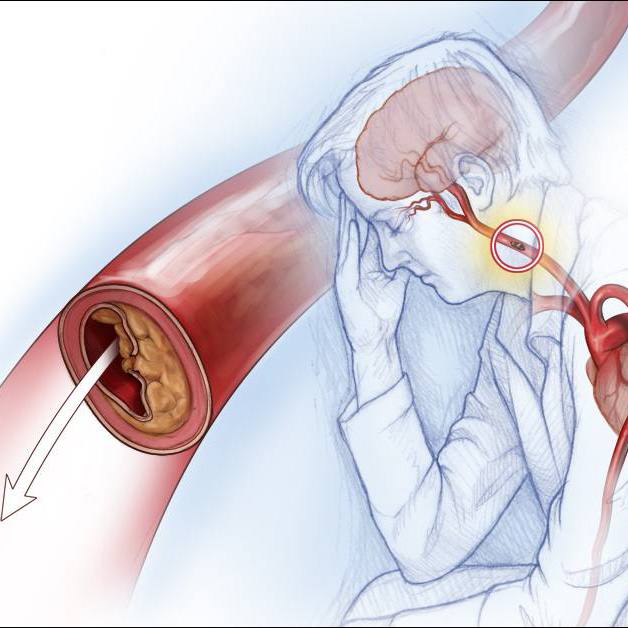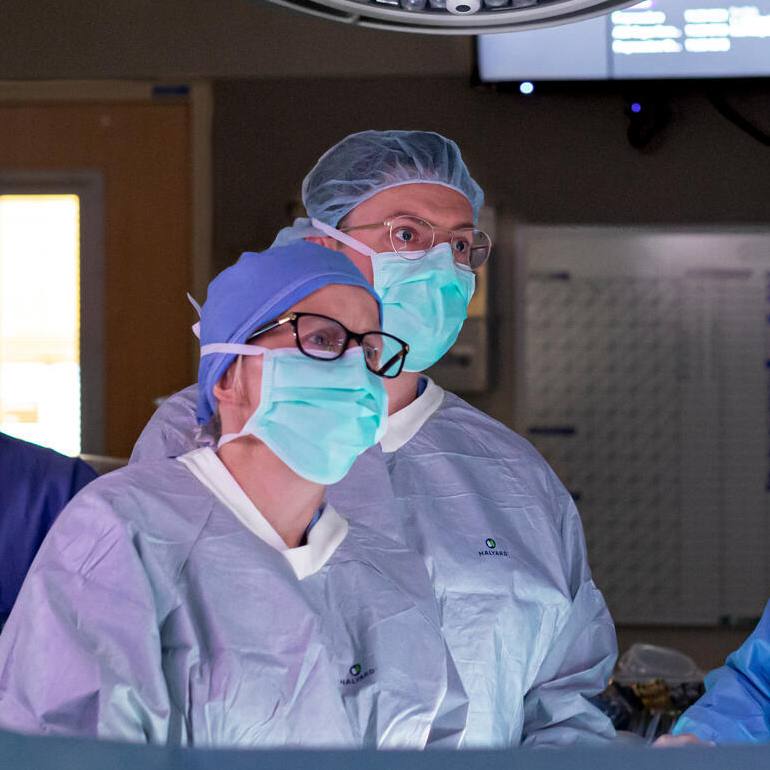Shoveling and digging out after a heavy snowfall can be a good workout for most people; but for those with heart disease, shoveling is best left for others to do.
Dr. Sharonne N. Hayes, a Mayo Clinic cardiologist, says she encourages exercising, but the combination of cold weather and strenuous exercise puts extra strain on your heart and can trigger a heart attack.
Journalists: Broadcast-quality video (1:08) is in the downloads at the end of this post. Please courtesy: "Mayo Clinic News Network." Read the script.
Shoveling snow can be a good workout, but it's not for everyone.
"Shoveling snow is one of those uniquely dangerous cardiovascular stress tests for a variety of reasons," says Dr. Hayes.
She tells her heart patients, "I really don't want you to do that anymore. You can mow your lawn; you can go on hikes and walks. I want you to exercise."
The reasons, she says, are both physiological and psychological.
Physiological includes your blood vessels constricting from being out in the cold, which increases blood pressure.
"And that's enough, in a vulnerable individual sometimes, to give them chest pain. Say they have some blockages, it might give them angina, or chest pain," Dr. Hayes says.
Add that to the workload of digging heavy snow, and then ...
"... the psychologic part. And everyone, all of my patients, smile when I say it because it's a knowing smile, 'Oh, yeah,'" says Dr. Hayes.
Sometimes it's hard to stop once you start something.
"It's that combination of cold, extreme exertion, and then maybe sticking it out longer than is wise because we've got to finish and get to the end of the walk," Dr. Hayes explains.
It's best to check with your healthcare team about the advisability of shoveling heavy snow, says Dr. Hayes.
Related posts:
- Mayo Clinic Minute: When chest discomfort becomes something to worry about
- Mayo Clinic Minute: Safety tips to keep you out of the emergency department this winter
- Is the extreme cold bad for your lungs?
Related Articles







